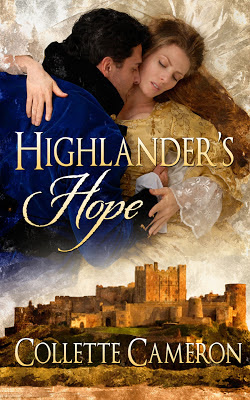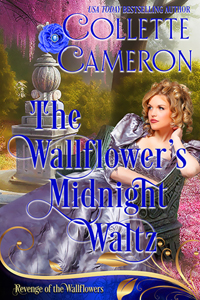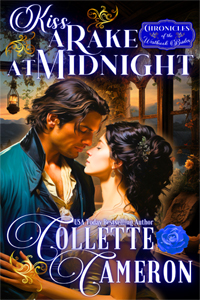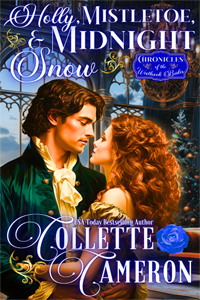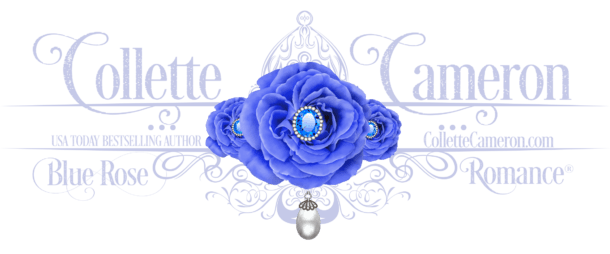Flawed Characters…
Every author knows, perfect characters are boring, unexciting, unrealistic, uninteresting. . . you pick an adverb. Readers can’t relate to a perfect hero/heroine. . . Perfect people don’t exist in real life.. . . I won’t bore you with all the cliché’s.
We are supposed to write characters with quirks, maybe a physical or personality flaw or two, or perhaps a bad or simply annoying habit. Except, just how imperfect do we make them before they are disagreeable to our readers?
I asked that question to several women I know who are romance readers. To a woman they said they same thing, albeit using various wording. “Slightly flawed is okay, but nothing major or horrific.” And it seems they don’t mind if the heroine is more imperfect than the hero, after all, she’s the competition. Don’t we put ourselves in the heroine’s place? We’ll tolerate a bit of imperfection in our hero, but he is our hero, and we do so want to adore him. (Visa versa if you’re a male reader)
So, what are they really saying? How faulty is too faulty? Deviant personality? Physically unattractive? A lisp? Limp? Freckles? Spectacle? Big thighs? Who determines what is too imperfect, unappealing, offensive or even repulsive? Aren’t beauty and desirability purely subjective?
Of course they are.
But think of the typical book cover. (I posted mine to make my point.)
Let’s face it; we don’t see book covers with obese, pimple-faced, toothless, psychotic models. I find it ironic that our covers portray near perfect heroes and heroines, yet when we flip open the book, subtle flaws must be intricately and tastefully interspersed. Okay, not so subtly, sometimes.
Occasionally I rebel at the, “You can’t have a perfect hero or heroine.” I do know some perfectly lovely people that are darn near perfect; looks, personality, education, job, volunteerism—I guess that is what makes them faulty.
What do you think? How much imperfection is okay? Do personality and character faults have to be overcome by the time the book ends? How much stock should we put in the physical appearance of our characters?
Even the Beast in “Beauty and the Beast” ended as a dashing, handsome prince who’d overcome his nasty, selfish attitude. Is it the happily-ever-after that determines the fault-factor ratio? Or is the poster above right?

